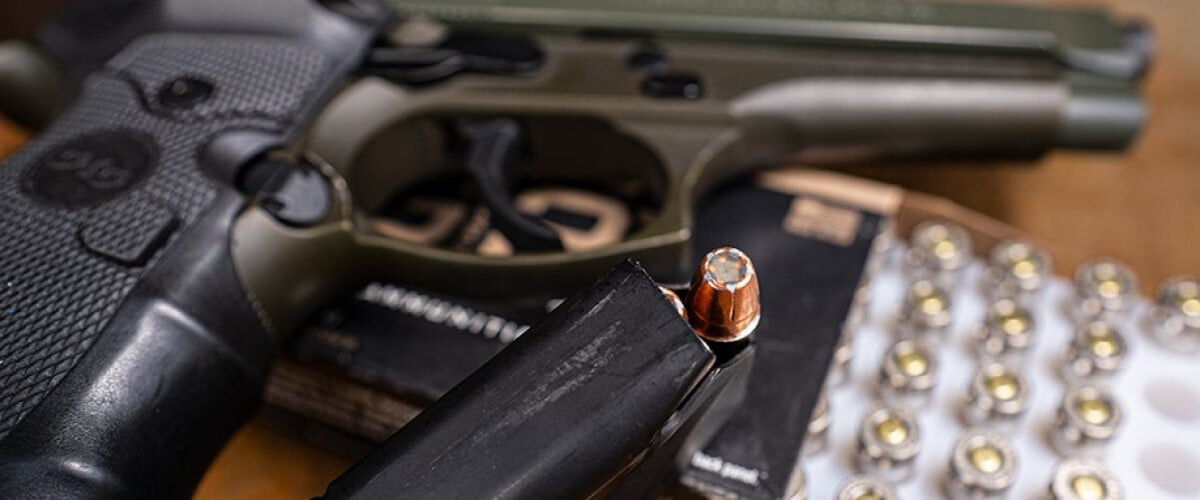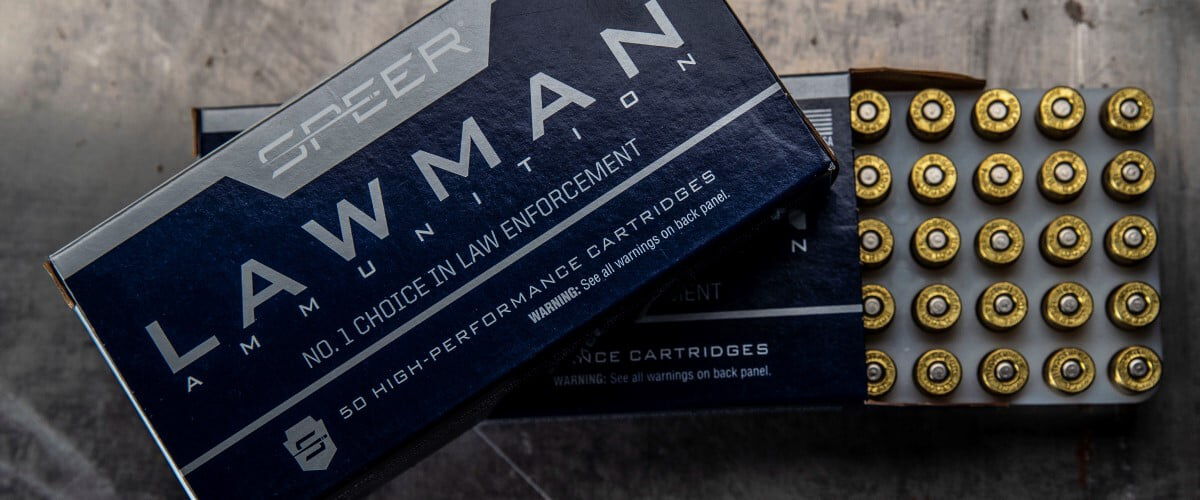
The 9mm Luger is to modern ammunition what Tiger Woods is to golf—you can't have one without the other. Its development story is interesting, and it proved to be a long road for designer Georg Luger.
But it was certainly worth the trouble. More than 120 years after its introduction, the 9mm is as popular and effective as ever. Let’s dive in to how we got here and why this iconic cartridge has stood the test of time.
The Path To Greatness
Employed by the Ludwig Loewe & Company in Berlin, Germany, which became the Deutsche Waffen und Munitions Fabriken after the death of Ludwig Loewe, Luger was tasked with demonstrating the C-93 pistol to the U.S. Army in the 1890s.
The U.S. Army rejected Luger and the pistol, but he took the constructive criticism he received and went to work. One of the complains was that the C-93 and the ammunition created excessive recoil. The ammunition was also costly to produce on a large scale, so Luger shortened the cartridge to 21mm and branded it the 7.65x21mm Parabellum. This addressed the problems of recoil and poor balance.
In 1898, Luger created the Parabellum pistol, and full-scale production started the following year. This pistol and its 7.65x21mm ammo were an instant success. European police agencies used the cartridge into the late 1960s, and it exploded in countries like Switzerland, Brazil, and the United States.

The Germans wanted more power, though, so the evolving cartridge again underwent changes in 1901. The bullet diameter was boosted to 9mm, which increased the weight but still allowed for solid speeds, even when fired from a short-barrel pistol. The bottleneck in the case was removed, but the taper remained, giving birth to the 9mm Luger we know today—arguably the most popular cartridge ever created. It has been romanticized in the movies, magnified in literature, and has been a staple for law enforcement, military, home defense, and recreational shooters spanning the globe.
Legendary Options
As with many cartridges, technological advancements have allowed firearm manufacturers to create full-size, mid-size, compact, and ultra-compact handguns chambered in 9mm. The cartridge offers ample velocity, great accuracy and minimal recoil, so an array of shooters favor it. From total metal jacket rounds designed for practice to defensive designs like Speer's Gold Dot G2 9mm Luger, shooters can easily find 9mm ammo that suits their needs.
The Gold Dot G2, previously only available to law enforcement, is now available to every shooter, and the bullet's exclusive nose design is optimized for self-defense through full-size pistols. Rather than a big hollow point that can clog on clothing and hinder expansion, the G2 sports a shallow dish filled with a high-performance elastomer. On impact, the elastomer material is forced into engineered internal fissures that kickstart the expansion process.
Since the expansion process is uniform, the separation of the petals is perfect, which leads to more consistent penetration and better wound channels. The 9mm G2 has a 147-grain bullet and a muzzle velocity of 1,020.
Training Made Easy
Another great benefit of the 9mm Luger is how fun it is to shoot. The handgun creates little recoil, allowing even small-framed shooters to be incredibly accurate. The round is excellent for practice and recreational shooting, and because the caliber is so popular, ammunition can be mass-produced at a reasonable cost.
Take Speer's Lawman Handgun Training 9mm Luger, for instance. The affordable rounds feature a quality bullet that ensures pin-point accuracy and point of impact close to that of equivalent self-defense loads. The cases are reloadable, and the 124-grain Total Metal Jacket bullets post a muzzle velocity of 1,090 fps.
But no matter what specific loads you choose or the firearms you shoot them through, the 9mm Luger continues to impress well over a century after its first shots.